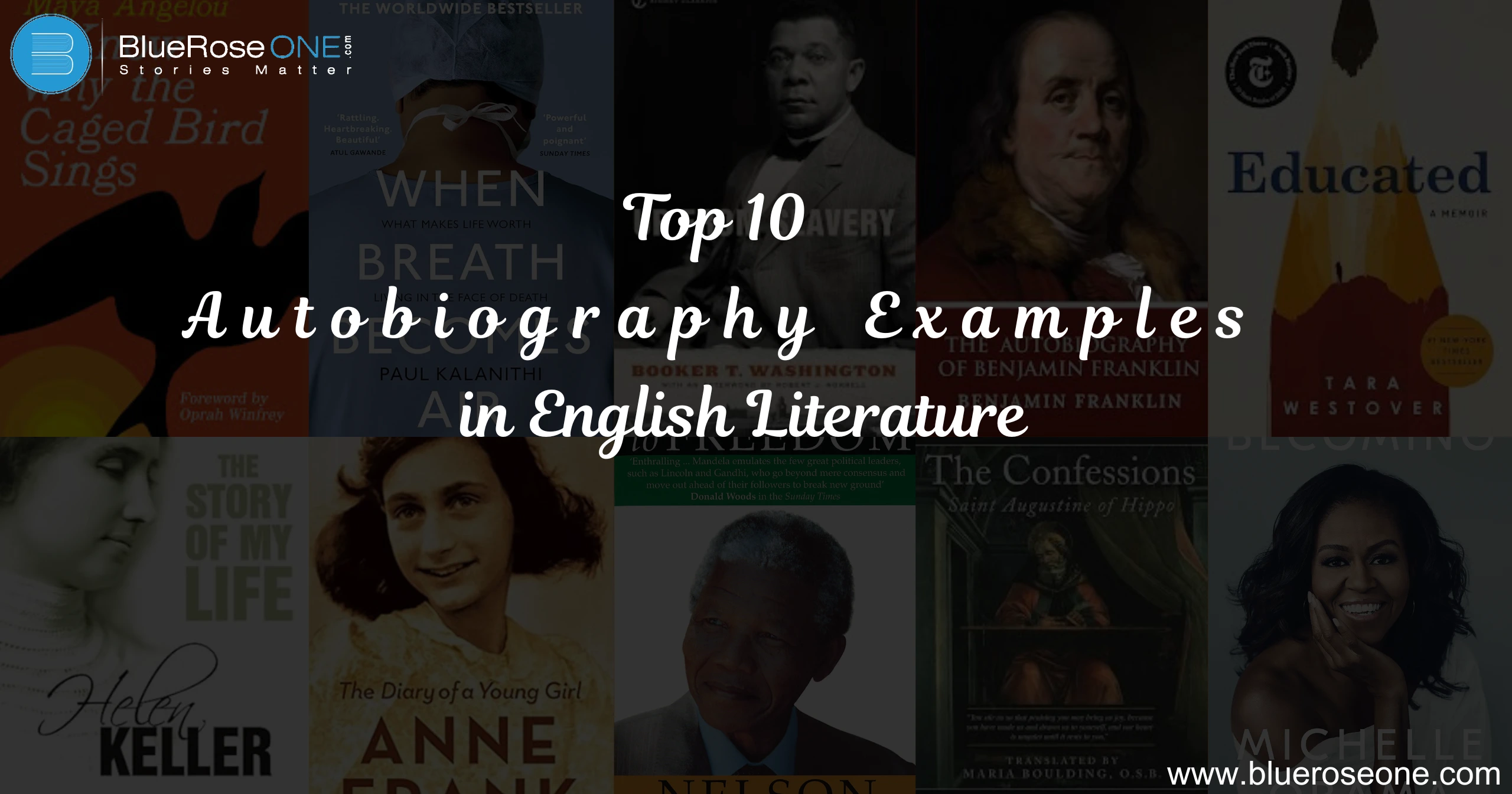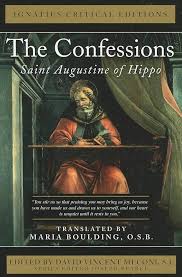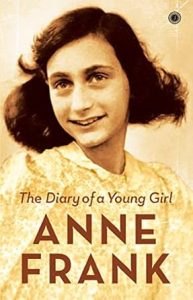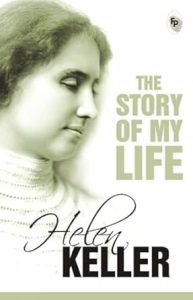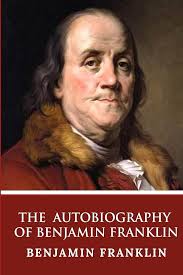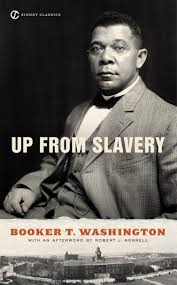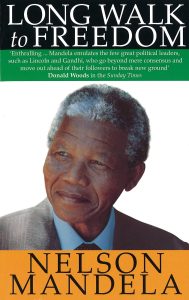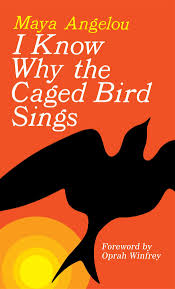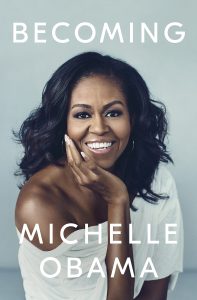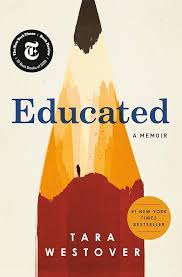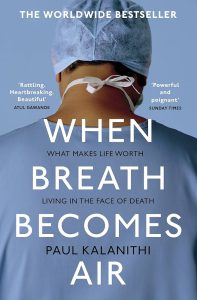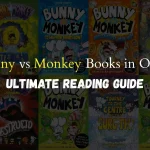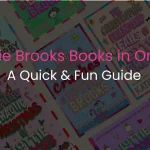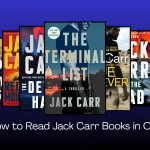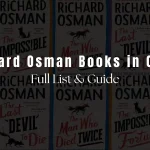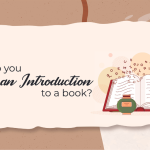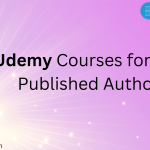What Is an Autobiography?
Autobiography examples offer a unique glimpse into the lives of individuals through their own words. An autobiography is a first-person account that reflects the author’s personal journey, capturing key moments, memories, struggles, and triumphs.
These real-life stories serve as powerful mirrors of the writer’s inner world, providing readers with deep insight into their experiences and personal growth. Whether it’s the tale of overcoming adversity or celebrating success, autobiography examples reveal the human spirit in its most honest form.
Why You Should Read Autobiographies?
You know that feeling when you wish you could live a thousand lives? Autobiographies give you a shortcut. They let you experience other people’s struggles, triumphs, and philosophies all through their own words. It’s like time travel without a machine.
The Role of Autobiographies in Literature
Autobiographies hold a special place in literature. They blend the personal with the universal. Through these stories, we connect across time, culture, and experience. Some autobiographies become more than personal tales they become literary landmarks.
You may also read: 100+ Nice Words to Describe a Nice Person
Autobiography Examples - Classic
1. “The Confessions” by Saint Augustine
Saint Augustine’s Confessions is one of the earliest and most significant autobiographies in Western literature.
Written in Latin between 397 and 400 AD, it follows Augustine’s path from immoral youth to conversion to Christianity. The work combines personal narrative with philosophical and theological inquiry to provide insights into human nature, divine grace, and spiritual growth. It is still a cornerstone of Christian and autobiographical literature.
You may also like: Left Behind Series Books in Order: Where to Begin
2. “The Diary of a Young Girl” by Anne Frank
Anne Frank’s memoirs, The Diary of a Young Girl, is a poignant account of a Jewish teenager hiding from the Nazis during World War II. The diary, written while Anne was hiding in Amsterdam from 1942 to 1944, provides a sad and personal look at terror, hope, and the human spirit. It is a timeless testimony to tenacity and courage.
You may also read: Top 10 Figurative Language Examples You Need to Know
3. “The Story of My Life” by Helen Keller
Helen Keller’s autobiography, The Story of My Life, was originally published in 1903. It follows Keller’s incredible journey from blind and deaf youngster to world-renowned author and activist.
Keller overcame significant communication difficulties thanks to her teacher, Anne Sullivan. The book focuses on her early challenges, her schooling at Radcliffe College, and her desire to inspire others through courage and endurance.
4. “Autobiography of Benjamin Franklin” by Benjamin Franklin
The Autobiography of Benjamin Franklin, written by Franklin himself, is a seminal work of American literature.
It was first published posthumously in 1791 and provides an in-depth look into Franklin’s early life, career, and moral views. Franklin recounts his journey from a humble printer’s apprentice to a Founding Father, emphasizing principles such as self-discipline, education, and hard labor that influenced both his character and legacy.
You may also read: Top 15 Mood Examples in Literature & How They Shape Stories
5. “Up From Slavery” by Booker T. Washington
Up from Slavery is Booker T. Washington’s autobiography, originally published in 1901. The book follows Washington’s path from slavery to becoming a prominent African American professor and founder of the Tuskegee Institute.
It emphasizes his belief in self-sufficiency, hard effort, and vocational training as pathways to racial advancement. The story provides in-depth insight into post-Civil War America and the hardships that liberated slaves faced.
You may also like: Where the Red Fern Grows: Book Summary & Themes
You ma also like: 100+ Adjectives That Start with C (With Definitions & Examples)
Autobioraphy Examples - Modern
6. “Long Walk to Freedom” by Nelson Mandela
Long Walk to Freedom is Nelson Mandela’s autobiography, which follows his journey from a small town in South Africa to becoming the country’s first Black president.
The book, published in 1994, details his early life, political activism, 27 years in prison, and the fight against apartheid. It is a remarkable testament to resilience, justice, and the pursuit of liberty.
You may also like: 100+ Powerful Words to Describe Someone: A Complete Guide
You may also like: 20 Satire Examples in Real-World Every Writer Should Know
7. “I Know Why the Caged Bird Sings” by Maya Angelou
Maya Angelou’s celebrated autobiography, I Know Why the Caged Bird Sings, was first published in 1969. It delves into her upbringing as a Black girl in the segregated American South.
The book explores subjects such as identity, trauma, resilience, and literacy. Angelou’s compelling narrative voice and poetic style established it as a classic in African-American literature and a seminal work in autobiographical writing.
8. “Becoming” by Michelle Obama
Becoming is a best-selling autobiography authored by Michelle Obama, the former First Lady of the United States. The book, published in 2018, follows her path from her working-class origins in Chicago to her current post in the White House.
With candor and insight, Obama offers personal experiences about family, identity, and leadership, providing readers with a riveting narrative of resilience, empowerment, and self-discovery.
You may also like: Top 10 Must-Read Aadvika Pommu Novels (ஆத்விகா பொம்மு)
9. “Educated” by Tara Westover
Tara Westover’s Educated is a remarkable autobiography that follows her journey from a survivalist household in rural Idaho to receiving a PhD at Cambridge University.
Raised without formal schooling and under severe family and ideological constraints, Westover’s book delves into themes of self-invention, resilience, and the transforming potential of learning. Her riveting story emphasizes the value of education in ending cycles of ignorance and control.
10. “When Breath Becomes Air” by Paul Kalanithi
When Breath Becomes Air is a remarkable autobiography written by Paul Kalanithi, a neurosurgeon who was diagnosed with terminal lung cancer at the age of 36.
The book chronicles his transition from doctor to patient, providing significant insights into life, death, and the human experience.
Kalanithi focuses on his search for meaning in the face of mortality, combining medical knowledge and literary elegance to create a touching and unforgettable memoir.
You may also read: 100+ Character Traits Examples for Writers and Students
Conclusion
Autobiographies are more than just personal stories; they are windows into the human experience. They demonstrate what it means to battle, grow, lose, and win. If you’re seeking inspiration, knowledge, or just a nice narrative, the autobiographies listed above are a great place to begin.
Frequently Asked Questions
An autobiography covers the author’s entire life chronologically. A memoir focuses on specific events or themes.
Not always. Memory can be flawed, and sometimes authors blend fact with personal interpretation or embellishment.
Yes! Many celebrities or public figures hire ghostwriters to help them articulate their stories while keeping the voice authentic.
They offer real-life lessons, diverse perspectives, and a deeper understanding of history, culture, and personal growth.
There’s no fixed length, but most range between 250–500 pages. What matters is the depth and clarity of the story.

